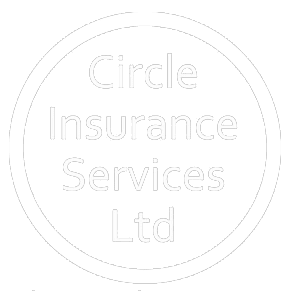So, you’ve just stepped into a senior HR or L&D role – perhaps you’ve joined a new organisation or been promoted within your current one. Either way, this is a significant moment. Now the challenge is to make a success of it.
But how do you ensure a strong start? Where should you focus? And how do you balance the many demands of the role to achieve tangible impact quickly?
Grab a coffee and let’s take ten minutes to explore ten practical, research-informed strategies that will help you hit the ground running.
Context Matters
As an Executive Coach and former HR Director, I’ve worked with many newly appointed leaders navigating this pivotal transition. The early days are filled with both vulnerability and opportunity – a critical juncture for establishing your credibility and shaping your future success.
Michael Watkins captured this moment perfectly in The First 90 Days, observing:
“You’ve just been promoted to a new leadership position. You’re not sure yet of the challenges ahead or how you will meet them. All you know is that you have three months to get on top of the job and move forward – or fail.”
Although the book was published in 2003, its relevance persists. In fact, McKinsey’s 2023 State of Organisations report reinforces the urgency of delivering early value, noting that organisations who reassign high-performers to critical roles are 2.2 times more likely to outperform their competitors.
With that in mind, here are ten tips to help you get started.
1. Recognise the opportunity – not just the risk
Yes, the early days of a new role carry risk. But they also offer a unique window to make a significant impact. During this time, you have permission to ask questions, challenge assumptions, and propose new ideas. This is your chance to shape perceptions and begin creating value. Harvard Business School suggests that the first few months are when leadership reputations are most malleable. Use this to your advantage.
2. Think like a leader first – HR or L&D second
You’re not just a function head; you’re a strategic leader. Make it your mission to understand the entire business – its goals, pressures, and ecosystem. Ask thoughtful questions, even if they seem basic. Get curious about the organisation’s commercial drivers, challenges, and aspirations. This will allow you to align people strategies with business outcomes, making your contribution more powerful and relevant.
3. Clarify expectations – fast
According to Gartner (2024), only 44% of HR leaders report having role clarity in the first three months of a new post. That’s a major risk. Make time with your line manager – whether it’s the CEO, MD or Group HRD – to align on what success looks like, key priorities, and how you’ll work together. Ambiguity is the enemy of momentum.
4. Nail down your KPIs and operating boundaries
Once expectations are clear, secure the operational detail. What are your deliverables? What data or KPIs will define progress? What are your decision-making parameters? What must be escalated? The CIPD’s recent report on HR Operating Models in 2025 emphasises the importance of clarity in governance, especially when leading hybrid or decentralised teams. Avoid surprises, and you’ll maintain trust.
5. Get to know your team – and what they’re really doing
You’ve likely inherited a team. Are they working on the right things? Are they aligned with business priorities or pursuing passion projects of limited value? In dispersed or hybrid teams, clarity of purpose can easily get lost. Take stock of team engagement, capability, and delivery. Act early to address underperformance or misalignment – this will boost your credibility and set a new tone.
6. Define your leadership brand: Vision, Support, Challenge
People want to follow leaders who know where they’re going, support development, and hold high standards. The most effective new leaders I coach strike a balance between setting a clear vision, building psychological safety, and holding their teams accountable. It’s not about being liked – it’s about being consistent, fair, and impactful.
7. Co-create the future – don’t impose it
A collaborative approach builds buy-in. Look for opportunities to co-create plans, initiatives and cultural shifts with your team and peers. Delegation isn’t just about sharing workload – it’s a signal of trust and inclusion. PwC’s 2024 Hopes and Fears survey found that employees who feel involved in shaping strategy are 3.7 times more likely to feel a strong sense of purpose and belonging.
8. Support performance through coaching and stretch
It’s easy to get buried in strategy, but don’t forget the day-to-day work of leadership. Prioritise regular one-to-ones, feedback, coaching conversations, and development plans. Focus on stretch assignments – not just tasks. LinkedIn Learning reports that 94% of employees would stay at their company if it invested in their career development. Make your team’s development a strategic priority.
9. Engage your stakeholders – and challenge where needed
Spend time with your internal ‘clients’. Understand what other leaders need from HR or L&D. What’s going well? What’s frustrating? Use this intelligence to identify quick wins and longer-term alignment opportunities. At the same time, don’t shy away from difficult conversations. Contracting with peers – agreeing how you’ll work together, including making asks of them – is vital for sustainable influence.
10. Learn the culture – then speak the truth to power
Organisational culture is often the silent driver (or blocker) of change. Spend time observing how things are done, what’s said – and what’s not. Where is the disconnect between values and behaviour? Once you’ve built credibility, be brave enough to challenge what’s not working. And when you do, bring solutions and allies with you. Nothing builds influence like honest insight, tactfully delivered and constructively framed.
And finally… Secure the ‘quick win’
Whether it’s resolving a long-standing grievance, launching a long-delayed learning initiative, or streamlining a clunky process – find something that’s broken, fix it, and do it fast. The positive momentum will ripple outward and reinforce your credibility.
Good luck on your journey – and remember, success in this new chapter isn’t about knowing all the answers, but about asking the right questions and acting with intent.
Author: Paul Meneely











